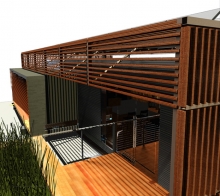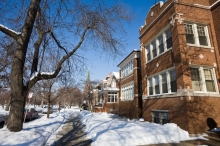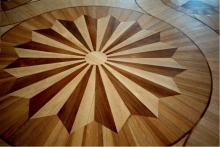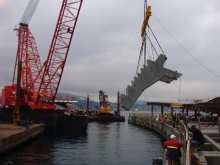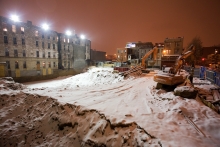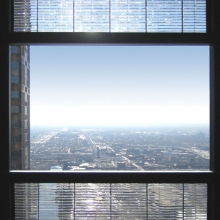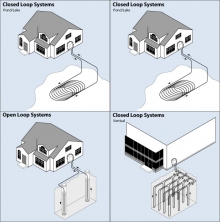2011 Solar Decathlon: Flexible Living in Florida
FleX House by Team Florida
Although Florida is known for its picturesque, sandy beaches, it is also a heavily populated state, and it's growing. Finding a sustainable model for living in this hot, humid climate is a priority for students of four universities who comprise Team Florida, an entrant in the 2011 Solar Decathlon. Like other Solar Decathlon teams, it is a multi-disciplinary one, and each school brings specialties to the table: University of South Florida brings architecture, engineering, and clean energy research and communications; the University of Florida brings interior design and construction; Florida State University brings engineering and net zero expertise; and the University of Central Florida brings solar energy research.
